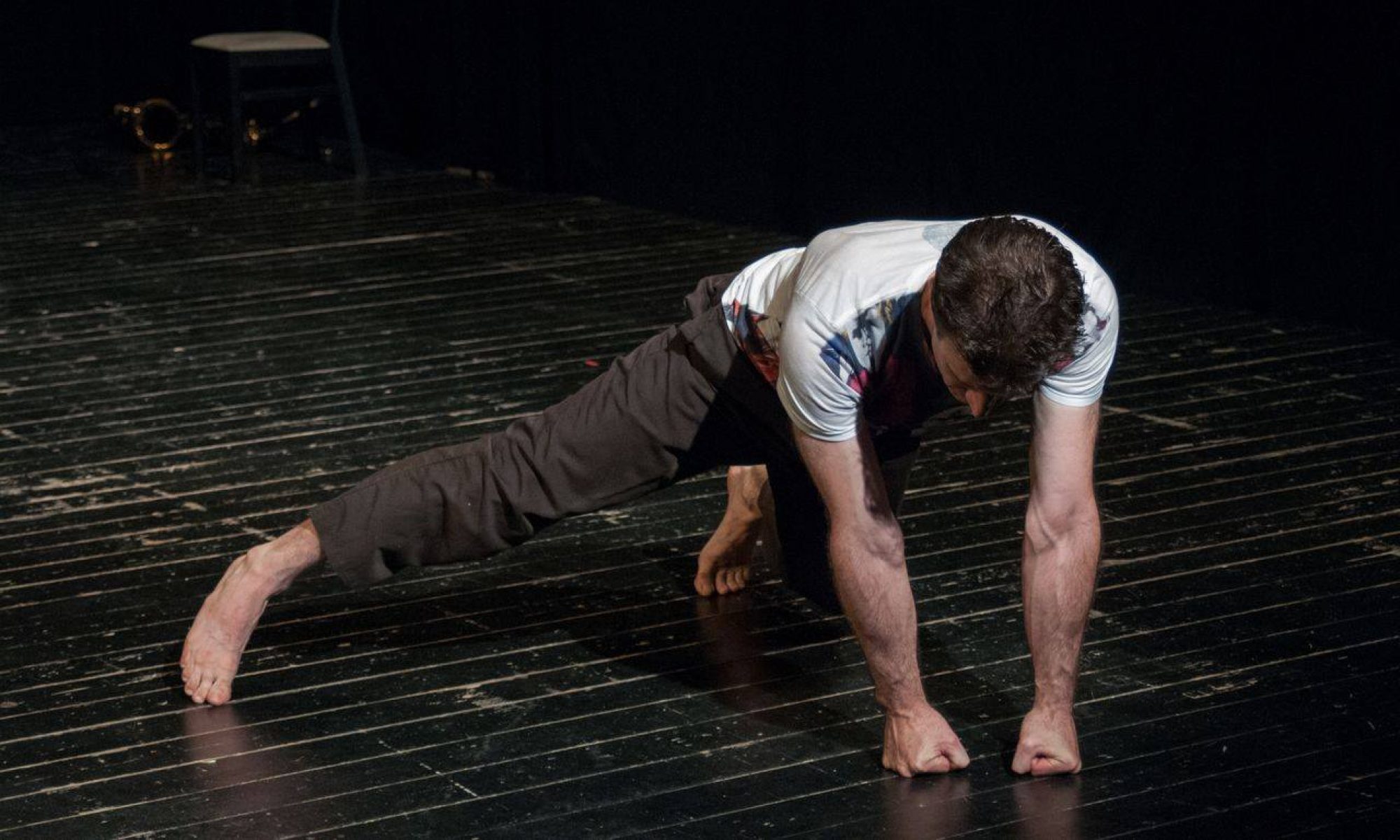As I am in NYC now, I have been riding the subway a lot, which has made me think about something I used to think about a lot when I lived here. Last night we saw a show at the Ohio Theater in Soho. After the show, we walked to Prince St. to hop on the NRW line to 42nd St. There we transferred to the 1 line. Exiting at 157 St. we walked to 161st. The trip took one hour, give or take. At most the trip was 12 miles in distance. So our average speed was 12 m.p.h. Kinda slow. If I traveled that slowly getting around the Bay Area, I would never get anywhere.
What I used to think about was population density and how that governs travel time, not necessarily distance governing travel time. The population density of Manhattan is 66,940.1/mi². The population density of Oakland is 7,126.6/mi². San Francisco‘s population density is nearly 16,000 people per square mile. Not nearly as high as Manhattan.
Could there be a way to measure how quickly one moves through a certain number of people? Could a baseline or a constant for that be determined to then determine how effectively different urban populations move around? Each city or suburb for that matter could then compare their “commute times” to this constant.
If on our commute back home last night, we traveled 12 miles, we traveled through 12 x 258.7 = 3104.4. 258.7 came from taking the square root of Manhattan’s population density. This is assuming that all 66,940.1 people are evenly arranged in a grid pattern and taking the square root determines how many people are in one straight mile of the side. So let’s say that going through Manhattan for those 12 miles we traveled through 3104.4 people miles.
If we were to go through Oakland for twelve miles, we would travel (12 x 84.42) 1013.04 people miles. Through San Fran – roughly 1505 people miles. How long this would take in SF or Oakland? Not sure. Depends on traffic, earthquakes, freeways melting etc. And in Manhattan the time depends on flooding of subways, trains derailing etc.
If we traveled 3104.4 people miles in Manhattan in one hour, that is 3104.4 people miles/hour, or 3104.4 pmph. If in Oakland, we took 60 minutes to go those 1013.4 people miles that would be 1013.4 pmph or about 1/3 as slowly as in Manhattan. When I get home I must measure how long it takes to travel 12 miles.
It would be nice to be able to collect data on this-different cities, times of day, population densities. I am sure that someone is already doing this.
Number aside, the pros of the subways here outweigh the cons. No money spent on gas, car insurance, parking, maintenance, tires. No looking for parking, worrying about getting your car scratched. Yes, you gotta walk more and sometimes the subway is hot, but think of the reading you get done.
